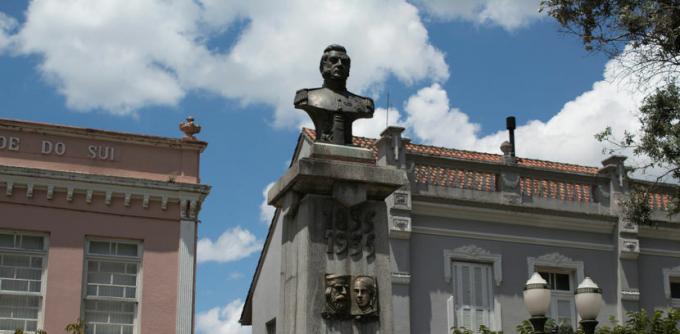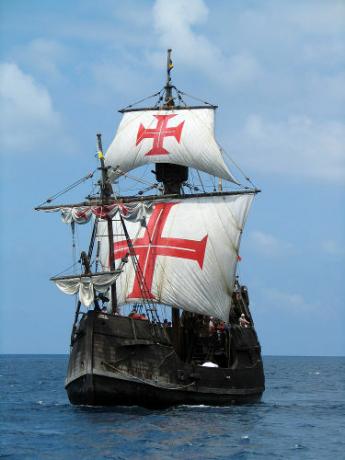THE indigenous slavery it has existed since the beginning of Portuguese colonization in Brazil, especially between the years 1540 and 1570. It is an alternative to African labor throughout the period of Brazil Colony.
However, as the natives were considered subjects of the Portuguese Crown, enslaving them was relatively controversial. Even so, this was legally possible and was a recurrent practice until the end of the 18th century.
Main Causes and Characteristics
At the beginning of colonization, indigenous labor was used to extract brazilwood. was rewarded by barter of some objects, such as machetes and mirrors or even brandy.
Later, the Indians started to be captured and employed in small farms or in the collection of “drugs from the sertão”.
As African slaves were too expensive for those who owned land and the demand for labor only increased, indigenous slavery became an alternative.
Planters began to resort to the enslavement of Indians through expeditions known as “capture flags”.
However, legal impediments emerged from the 16th century onwards. According to the law, the Indian could only be enslaved in situations of “Just War”, that is, when they were hostile to the colonizers.
Only the King could declare a "Just War" against a tribe, although Captains of Captaincies have also done so.
In addition, another way to obtain indigenous slaves was to buy prisoners of conflicts between tribes in intertribal wars, in the so-called “buying rope”.
Nevertheless, indigenous labor was highly valued in the population of the territory or to occupy borders. It was used on a large scale in combat, to contain African slaves or to help the bush captains capture escaped slaves.
Finally, indigenous slavery was supplanted by African slavery, as it was believed that the Indians could not stand forced labor and ended up dying.
This happened as a result of heavy work or victims of epidemics contracted from contact with white men, flu, measles and smallpox.
Currently, it is known that the indigenous people were very rebellious, even when they were punished, in addition to the possibility of fleeing to the forest, where they knew the territory better than the colonizer.
Learn more about the topic:
- Indigenous Culture
- Brazilian Indians
- Guarani Indians
Crown, Church and Indigenous Slavery
From the start, it is noteworthy that the Crown and the Church took an ambiguous position on indigenous slavery.
Even so, they were considered valuable allies by the King, as when the Tupiniquins allied with the Portuguese against the Tamoios, who were allies of the French invaders.
The Church fought slavery, as it had every interest in catechizing the Indians, a mission that was in charge of the Jesuit Order, whose exponent was Father Antônio Vieira.
The Society of Jesus had several settlements where the indigenous people were already used to work and Christianity.
In these settlements, the Indians were subject to attack by settlers and, above all, by the bandeirantes, who captured the inhabitants of the Jesuit missions so that they could be enslaved.
Historical context
Indigenous slavery was prohibited for the first time through the Royal Charter of 1570, which instituted the “Just War” and voluntary slavery.
However, flaws in the Law and the “blind view” of the authorities allowed the subjection of indigenous peoples to be a recurrent practice until the end of the 17th century.
In 1682, the General Trade Company of the State of Maranhão was created to supply the colony with African labor and replace labor.
Even so, it will only be effectively fought from 1757, through a decree of the Marquis of Pombal (1699-1782).
Read too:
- Seven Peoples of the Missions
- large northern river
- State of Maranhão
- state of Parana


